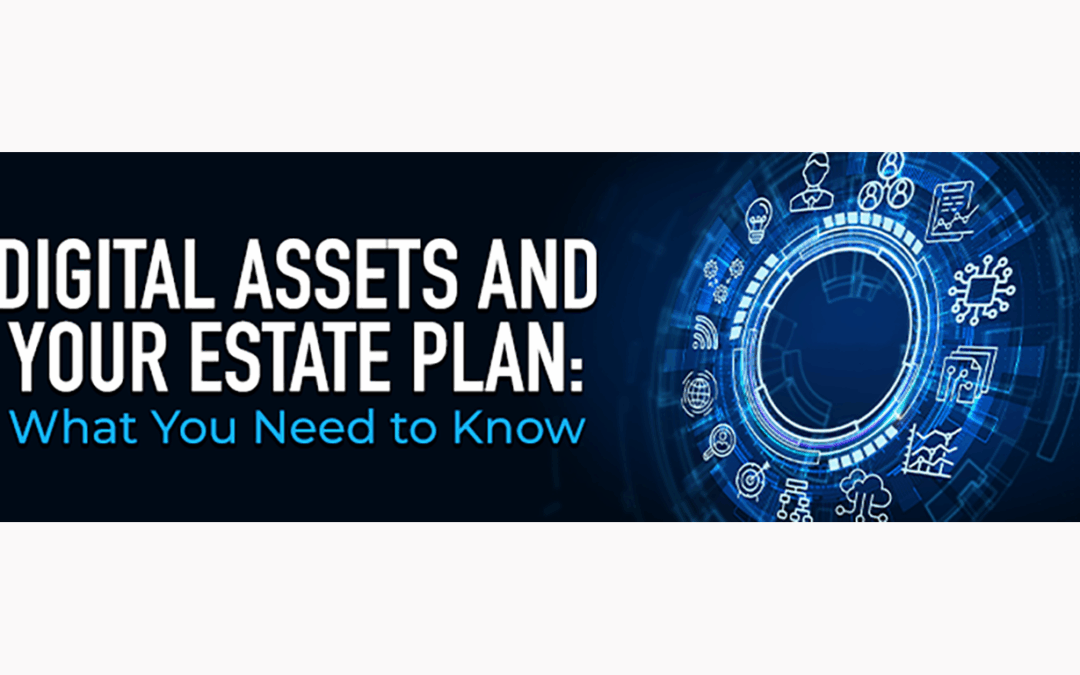From online banking and cryptocurrency to social media profiles and cloud-stored photos, digital assets are an undeniable part of our lives. But have you considered what happens to your virtual wealth when you’re no longer here? Just like your physical property, your digital assets need a roadmap in your estate plan. |
 |
Digital assets include a wide range of electronic information and resources that hold value, whether financial, sentimental, or practical. Your digital footprint includes:
|
 |
Ignoring your digital assets can lead to significant headaches, emotional distress, and financial loss for your loved ones due to:
|
 |
Integrating digital assets into your estate plan requires proactive attention:
|
 |
While securing access to your digital assets is foundational, it’s important to consider:
|
WE’RE HERE TO HELP! Let’s navigate these considerations so your digital footprint is not just managed but maximized for your loved ones and legacy. Simply respond to this email to get started. |









